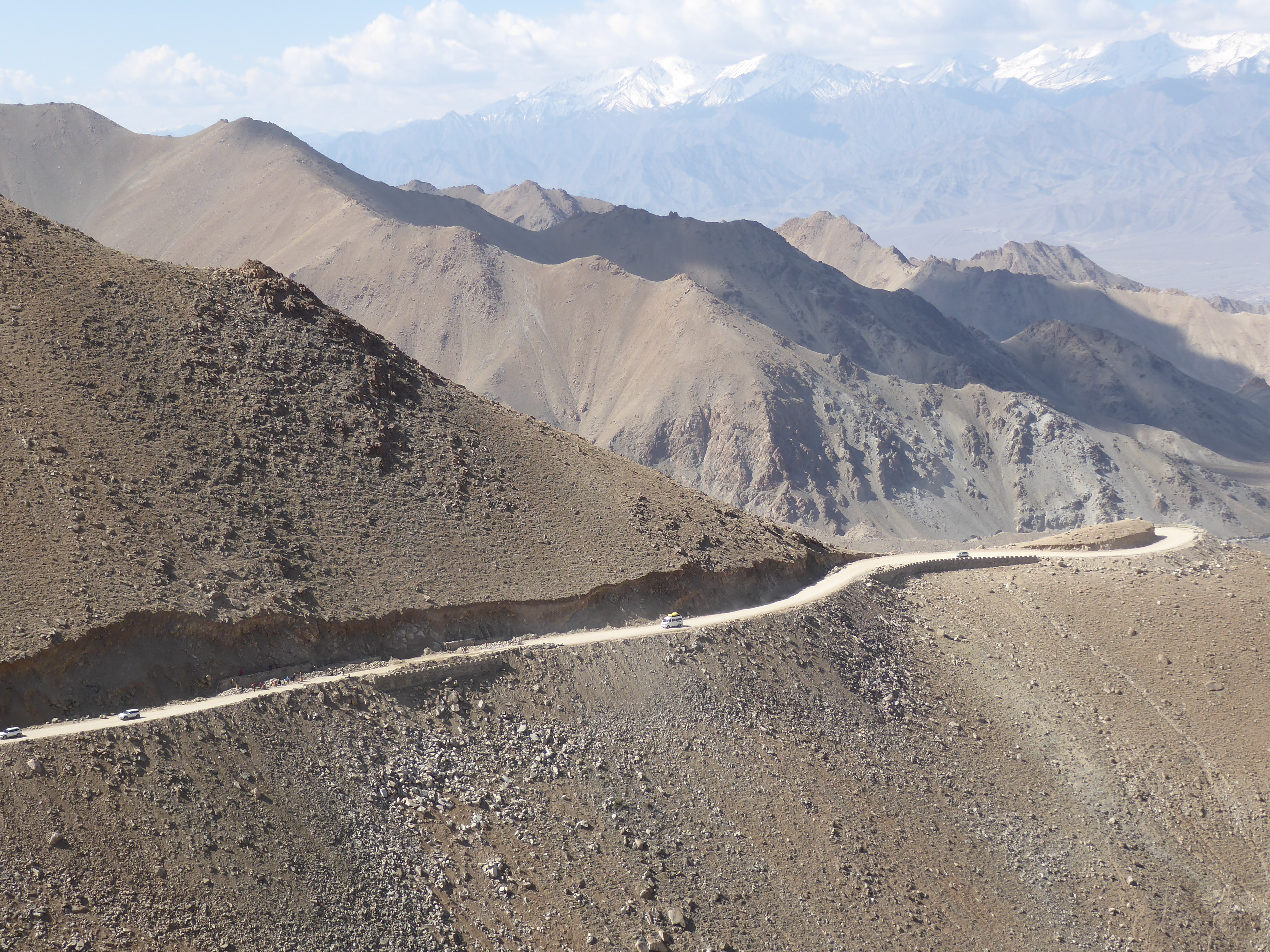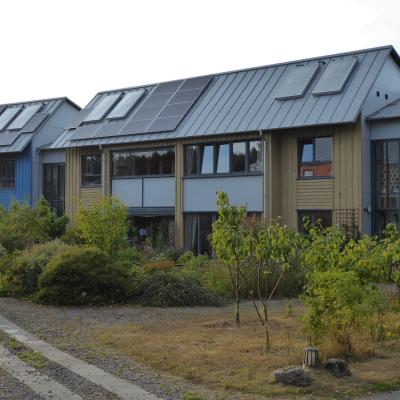Guest blog by Green Heart Collective, a social enterprise based in Gateshead that provides an alternative to landfill for 'preloved' clothing.
Fast fashion is terrible for people and the planet. And yet fast fashion chains dominate our high streets and on-line shopping. Did you know that Shein dropped (released a limited stock of merchandise) 46,663 new items on the day this article was written? We already have enough spare clothing in our wardrobes and in warehouses for the next nine generations to live on this planet (Patrick Grant). We don’t need to buy anything new.
Why is fast fashion bad for people?
Let’s pause for a moment and just think about how a huge fast fashion brand like Shein can list over 46,000 new items in a day, enough to fill 70 web pages, at such cheap prices. Get past page 10 and each garment is less than £25. We clicked a bit further. Around half of the new daily products were under £20.
Shein are just one of many fast fashion brands that continue to pump out fashion like never before. It never used to be this way. According to a report by the European Parliament, European fashion brands' collections have increased from 2 per year in 2000, to up to 24 new collections in 2011.
Despite the rapidly expanding collections, the farmers who grow the materials and the workers who make the clothes are often still being exploited. To deadly consequences. From cramped, poor working conditions, to factories that catch fire and kill, the everyday existence of someone who makes cheap clothes is often fraught with danger.
Some brands are choosing to move their garment factories away from Asia and back to the UK or Europe. But even in Leicester, the fashion factory hotspot of the UK, some workers are not even paid the minimum wage. A recent documentary by DW exposes these law-breaking factories that were allegedly helping out on an ad-hoc basis for Boohoo when demand gets too high for its existing supply chain to cope. The workers did not have contracts, so when the orders dried up, so did their work.
Why is fast fashion bad for our planet?
Fast fashion is also terrible for the planet. A single white cotton T-Shirt produces the same amount of carbon emissions as driving a car for 35 miles (WRAP, Oxfam).
We are constantly bombarded with advertising, giveaways and societal pressures to go out and buy new clothes. Wearing the same outfit twice is seen as a big no-no, especially occasion wear for special events, but even just in terms of wearing the same things throughout our week.
A combination of this reluctance to re-wear clothes, cheap clothes wearing out, plus the sheer amount of fashion deadstock and returns all contribute to the 350,000 tonnes of clothes that go to landfill every year in the UK. This is the equivalent weight of 84 double-decker buses going to landfill every DAY.
This is not just a problem in the UK. It’s global. This sheer amount of clothing and textile waste is being shoved into the ground to rot all around the world. And this includes places where it really shouldn’t end up, like the Atacama Desert in Chile; there are over 35,000 tonnes of new, unsold clothes piling up in the driest desert in the world every year.
But 60% of our clothes are now made using synthetic fibres, so these new garments won’t decay even in your children’s, children’s lifetimes. Your old toothbrush, your discarded sports shirt or polyurethane shoes won’t break down like cotton does.
How can we reduce the impact of fast fashion?
Whether fast fashion goes to die, be it illegally in deserts or by disposal into landfills, the startling fact is that we do not need more new clothes.
WRAP estimates that the value of unused clothing in our wardrobes in the UK stands at £30 billion. And 30% of clothing in wardrobes has not been worn for at least a year.
It is all about trying to get these clothes moving again. We could all benefit from having a bit of a wardrobe audit! You might discover something that was hiding right at the back that you’d thought you’d lost. But more importantly, we all probably have a pair of trousers, a t-shirt, dress or jacket that we’ve fallen out of love with.
In an ideal world, we would swap our clothes with a neighbour. Maybe you do this already with a friend or family member.
It’s easier than ever to sell or donate your unwanted clothes. You can sell them online, on sites like Vinted, Depop and eBay, but there are plenty of up and coming alternatives too.
Could you donate? There are so many charity shops you could take your clothes to, as well as local community centres to support those in need.
It feels good to have a clear out, and even better when you know your clothes are being put to good use.
Eventually, we will need to replace clothes as we wear through them or donate them. The trick here is to avoid buying brand new, straight from the fast fashion brands. It is better to shop second hand. Failing that, opt for fairly made, sustainable brands that are transparent about how they reduce waste.
The positive news is that the second-hand market is growing 11 times faster than new and could be worth around $84 billion by 2030 (versus fast fashion at $40 billion). There does seem to be a shift in how we are consuming clothes. But even in the above statistic, we’re going to be stuck with fast fashion for years to come. The way to speed up fast fashion’s demise is to vote wisely with your wallet and campaign for stronger legislation on textile and fashion waste.
Green Heart Collective
Enjoyed this article and want to learn more about how you can fight fast fashion and fall in love with preloved clothes? Find us at greenheartcollective.uk, follow us on Twitter, like our Facebook page and check out our Instagram feed.
Carbon Choices
If you want to subscribe to my occasional newsletter, please email me at This email address is being protected from spambots. You need JavaScript enabled to view it. - I will send you each new blog as I publish them.
If you have enjoyed this blog, you might enjoy my book, Carbon Choices on the common sense solutions to our climate and nature crises. Available direct from me or http://www.carbonchoices.uk/index.php/buy. I am donating one third of profits to rewilding projects.









